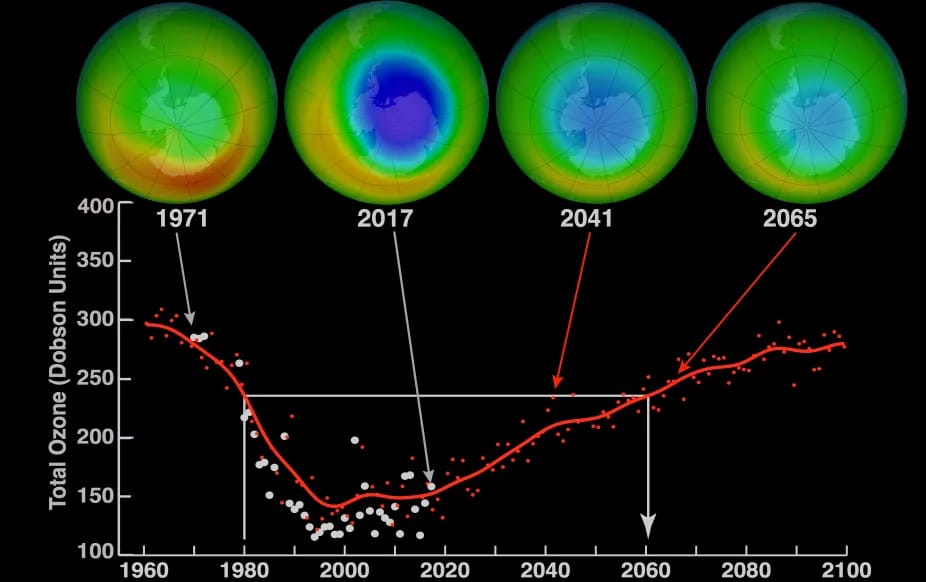Asteroid That Ended the Dinosaurs: A New Theory of Its Origins

66 million years ago, a massive asteroid slammed into Earth, wiping out the dinosaurs. But where did it come from? A new study from the University of Washington proposes a fascinating theory about the asteroid's origins, challenging our understanding of the solar system's history. This current research suggests that the asteroid may have originated from regions far beyond Jupiter, specifically from the Kuiper Belt or the scattered disk.
The Kuiper Belt is a vast, icy region beyond Neptune's orbit. It's home to small celestial bodies, holding secrets to the solar system's formation.
The study is built upon a combination of advanced simulations, observational data, and sophisticated analytical techniques. Scientists examined the asteroid's characteristics, including its size, speed, and trajectory, which were identified as highly unusual and indicative of an outer Solar System origin. The Chicxulub impactor, the asteroid responsible for creating the massive crater in what is now Mexico, had a significant role in this extinction event, leading researchers to delve deeper into its origins.
One of this study's key findings is the role of gravitational interactions with giant planets such as Jupiter and Saturn. The research suggests that these massive planets could have perturbed the orbits of objects in the Kuiper Belt and scattered disks, regions populated with icy bodies far beyond Neptune's orbit. These interactions could have nudged the asteroid from its original path, sending it towards the inner Solar System and eventually leading to its collision with Earth.
The study also highlights the significance of the Kuiper Belt and scattered disks in understanding the history of our Solar System. The Kuiper Belt is a vast region of space filled with icy remnants from the early Solar System, while the scattered disk is a more distant and loosely bound collection of objects. These areas are considered crucial for understanding the dynamics of celestial bodies and their potential impacts on Earth.
Another intriguing aspect of this research is the use of computer models to simulate the potential pathways of asteroids from these distant regions. By recreating the gravitational effects of the giant planets, scientists could trace how objects might be redirected toward the inner Solar System. This approach provides a more comprehensive picture of the asteroid's journey and its eventual impact on Earth.
The study’s findings contribute to a broader understanding of how celestial objects from distant regions can influence events on Earth. By linking the asteroid to an outer Solar System origin, the research offers new insights into the processes that govern the movement of asteroids and comets and their potential to cause significant impact events. This work not only advances our knowledge of the Solar System’s dynamics but also enhances our appreciation of the complex interplay between celestial bodies that can shape the history of our planet.
Similar Post You May Like
-

CFCs, HFCs and their long, troubled history
At its peak, the ozone hole covered an area 7 times larger than the size of Europe, around 29.9 million km2, and was rapidly expanding
-

The Origin of Universe: Deciding point where it all began!
Let us unravel and surf through the ideas throughout ages to understand what the universe and its origin itself was to its inhabitants across history.
-

The Artemis Program
Inspired by the Greek goddess of the Moon, twin sister to Apollo, the artimis program was named on 14 May 2019 by Jim Bridenstine.







